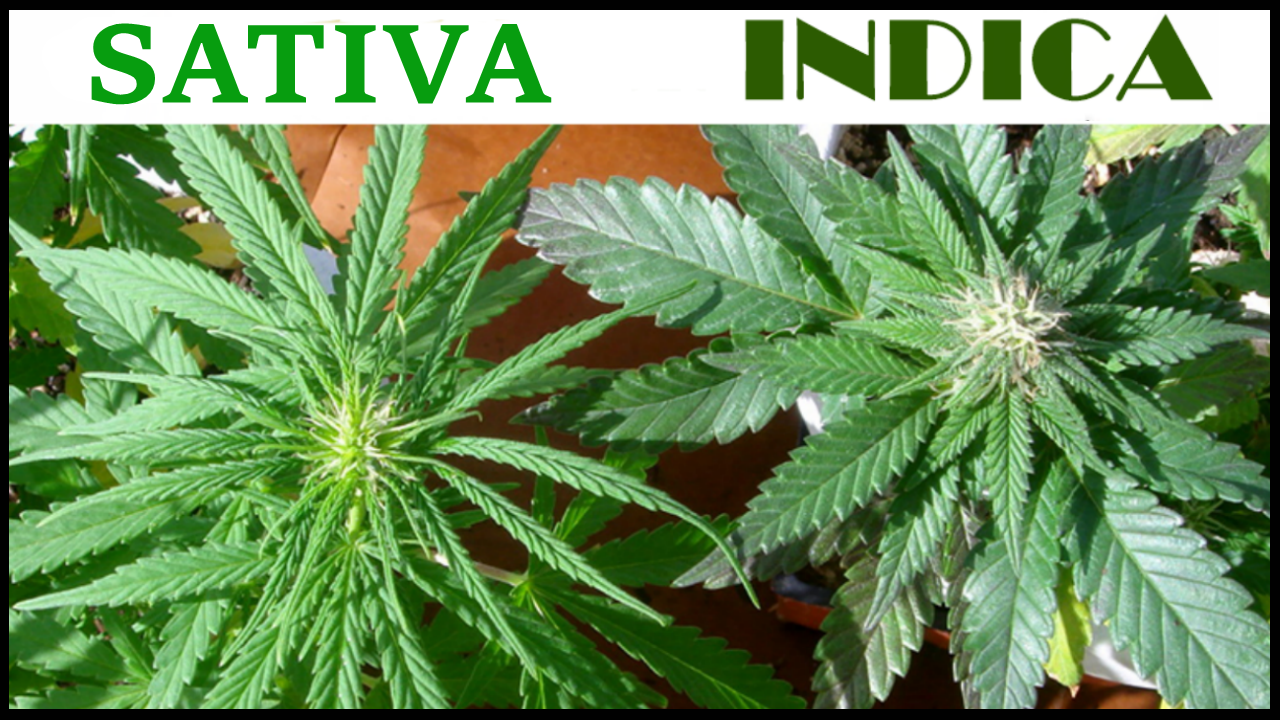Understanding the Differences between Sativa, Hybrid, and Indica Cannabis Strains
Cannabis is a diverse and complex plant, offering a wide range of effects depending on its strain. Traditionally, cannabis is categorized into three main types: Sativa, Indica, and Hybrid. Each type has distinct characteristics, including differences in appearance, effects, and medical applications. Understanding these differences can help consumers and patients select the right strain for their needs.
Sativa: Energizing and Uplifting
Sativa strains are known for their invigorating and stimulating effects. They are often recommended for daytime use because they promote energy, creativity, and focus.
- Appearance: Sativa plants are typically tall and thin with narrow leaves. They thrive in warmer climates and can grow to impressive heights, sometimes exceeding 12 feet.
- Medical Benefits: Sativas are often used to treat mood disorders like depression and anxiety, as well as chronic fatigue and ADHD. Their energizing effects can help combat feelings of sluggishness or lethargy.
Indica: Relaxing and Sedative
In contrast to Sativa, Indica strains are known for their relaxing and calming properties. They are often associated with full-body relaxation and are recommended for nighttime use.
- Appearance: Indica plants are short and bushy with broad leaves. They are well-suited for colder climates and have a shorter flowering period, making them popular among growers.
- Medical Benefits: Indicas are widely used to manage pain, muscle spasms, insomnia, and anxiety. Their ability to induce relaxation makes them effective for patients suffering from stress and sleep disorders.
Hybrid Strains: A Balanced Experience
Hybrid strains are a mix of Sativa and Indica genetics, offering a combination of effects that can be tailored to individual preferences. Hybrid strains are bred to enhance specific traits, allowing for a more customized cannabis experience.
- Appearance: Hybrid plants can vary widely in appearance depending on their genetic makeup, but they often display characteristics of both Sativa and Indica.
- Medical Benefits: Hybrids can be tailored for specific medical conditions, making them versatile for pain relief, mood stabilization, and energy enhancement. Many hybrids are bred to minimize unwanted side effects while maximizing therapeutic benefits.
Understanding the differences between Sativa, Indica, and Hybrid cannabis strains allows users to make informed decisions about their cannabis consumption.
Sid Prince
Photo credit: https://www.higherleaf.com/posts/indica-sativa-hybrid




